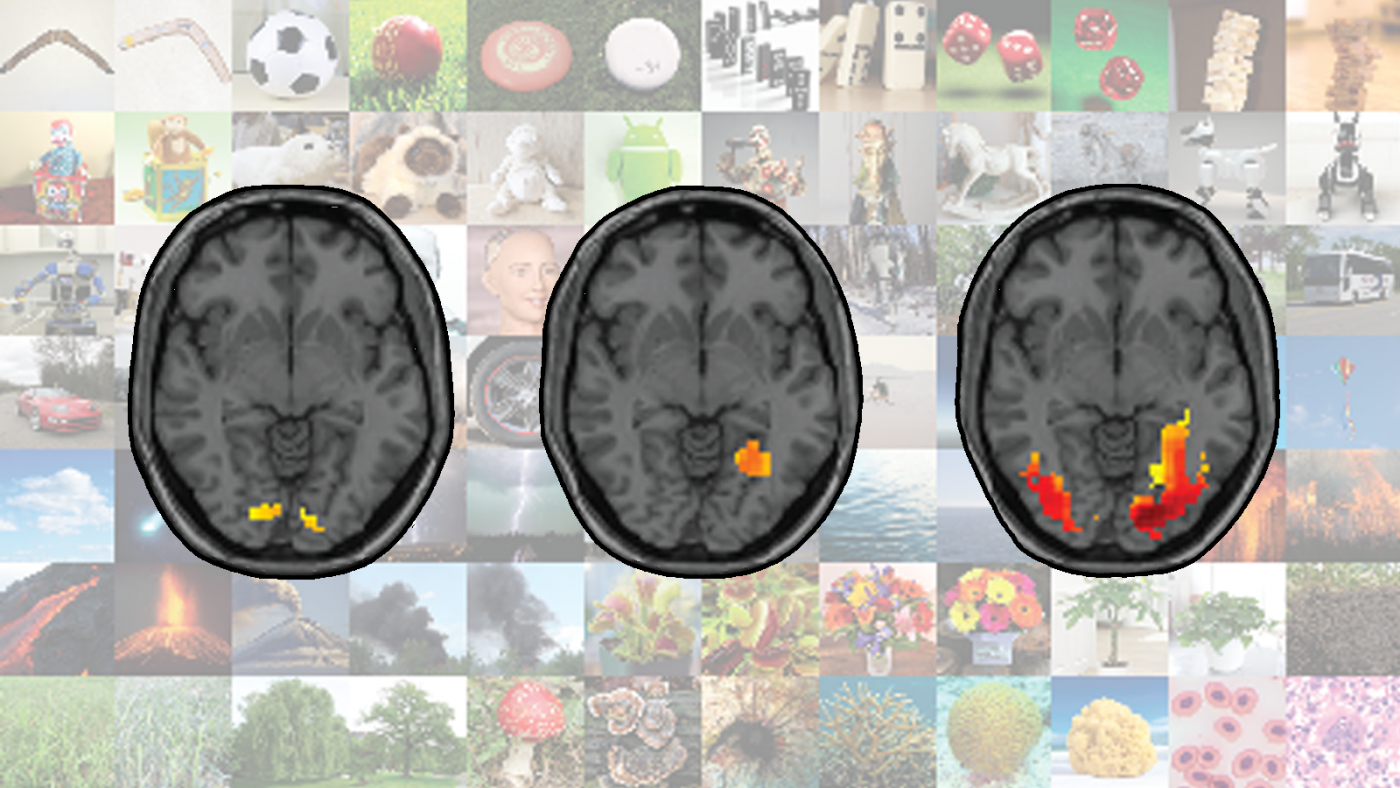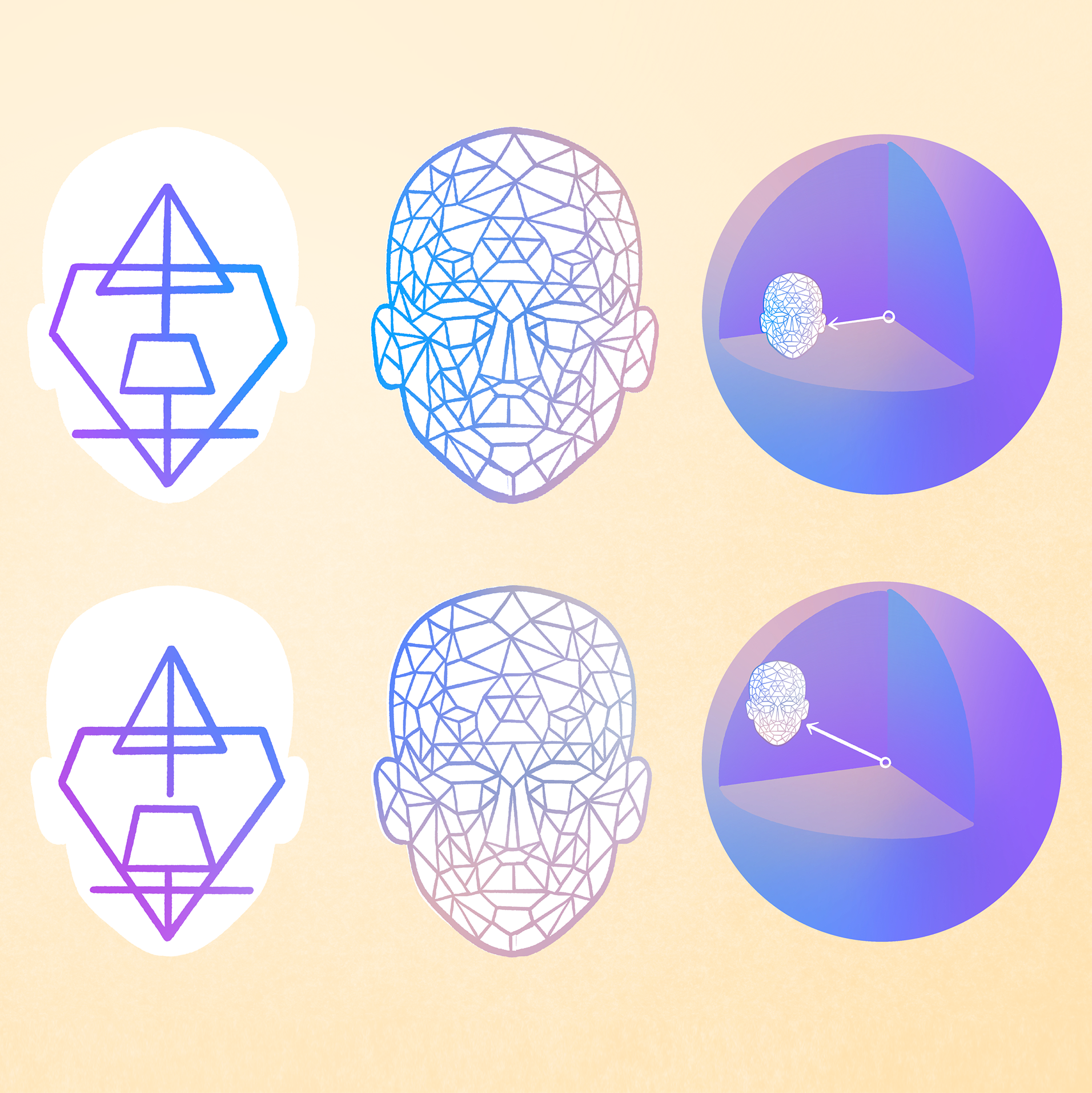How do you decide whether something is alive? New research tackled this question by asking study participants to judge the animacy and similarity of photographed objects ranging from things that were obviously alive or not alive, such as humans and vehicles, to things that were more ambiguous, such as robots, organs, shadows and plants. The study participants’ brains were also scanned with fMRI while they looked at the photos.
Researchers identified five characteristics that proved important in ascertaining animacy in behavioral responses: being alive, looking like an animal, having agency, having mobility and being unpredictable.
Being alive surprisingly left little to no neural fingerprint in the brain. But some of the other qualities could be connected to specific patterns of activity. Shown here are fMRI scans linked to having mobility (left), having agency (center) and being unpredictable (right).
The team of scientists behind this work, which includes first author Kamila Jóźwik, PhD, a Sir Henry Wellcome fellow at the University of Cambridge, and senior authors Radoslaw Cichy, PhD, a group leader at Freie Universität Berlin and Nikolaus Kriegeskorte, PhD, a principal investigator at Columbia’s Zuckerman Institute, published their results in Communications Biology. The researchers suggest that our ability to judge whether something is alive stems from weighing qualities, such as having mobility, that each had an evolutionary importance on its own.


